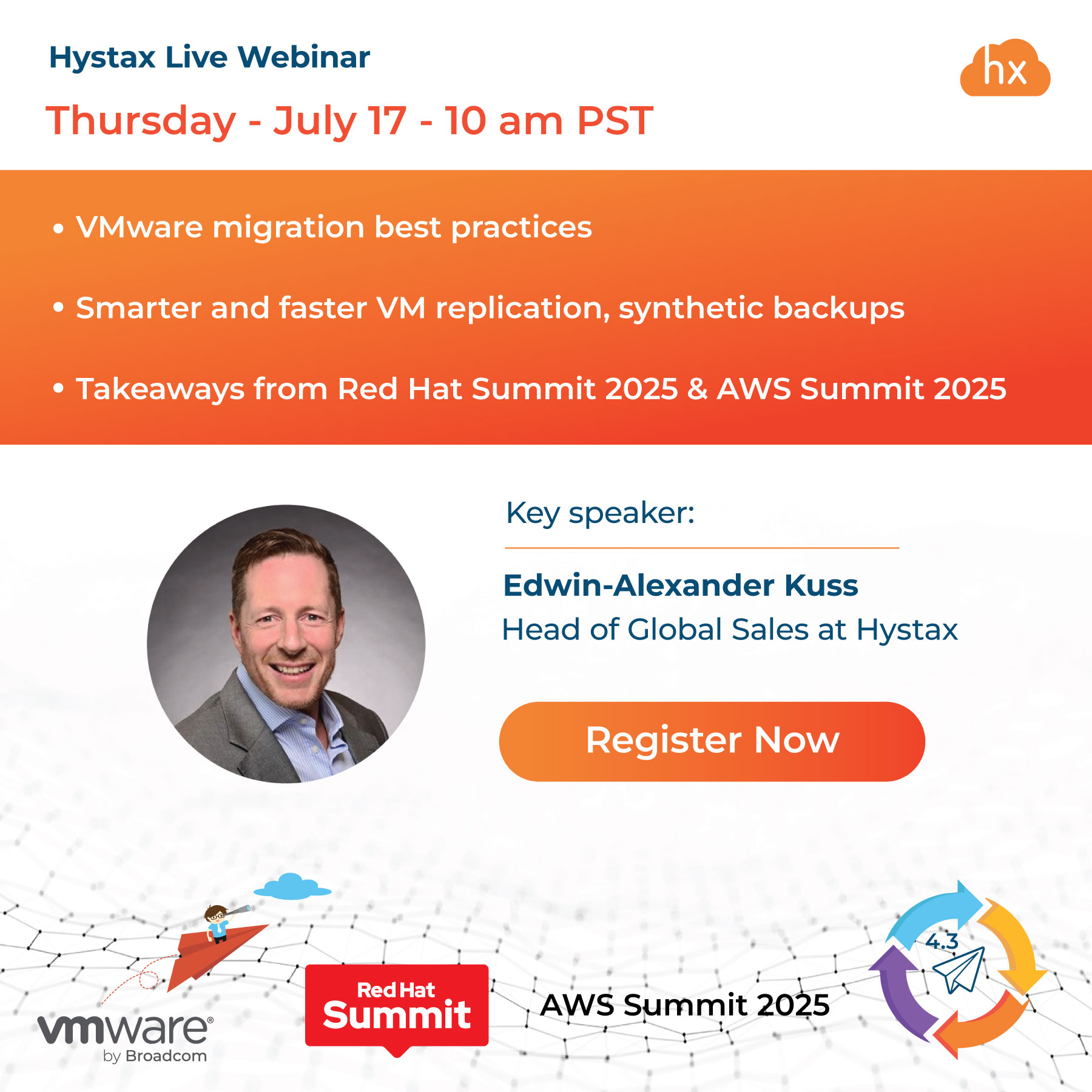Ransomware attacks are unfortunately very commonplace and organizations of all sizes and stature may be at risk. These attacks involve taking control of an enterprise’s entire computer network. They are an omnipresent and increasingly growing problem, spanning a plethora of industries.
With the right knowledge and systems in place, such as disaster recovery solutions, cyberattacks can be effectively mitigated, enabling companies and their customers to feel much more secure. Implementing disaster recovery measures are therefore critical to protecting your business, customers and assets from the spreading threat of ransomware.
Ransomware 101
Ransomware is a kind of malware from cryptovirology which threatens to publish the victim’s data, or consistently blocks access to this data until the requested ransom is paid.
Initially ransomware, the historically most lucrative form of malware, was used by hackers as a tool to extort money from individuals. It has evolved significantly, and now leverages complex tactics to compromise large enterprises’ data and to threaten to sell it for a profit or to post it publicly.
From start to finish, such cyberattacks can aim to destroy anything from a segment to an entire business within a mere 15 minutes or less, making it difficult to mitigate once the attack is in effect. Ransomware is a reality, and employees are sheer human beings, therefore the only way that an organization can ensure that its data is safe, is to utilize the right tools and systems to monitor, detect and prevent these attacks.
Making disaster recovery top of mind
These days, with the spike in ransomware attacks, updating antivirus software programs or installing secured firewalls is not sufficient to prevent catastrophic data loss. Therefore, enterprises are now forced to completely rethink their disaster recovery strategies.
With ransomware breaching IT systems more frequently than ever before, companies across all industries are increasingly adopting data recovery as a service (DRaaS) solutions to protect their enterprise’s infrastructure and security.
The importance of awareness
Since ransomware is designed to be malicious, it can go virtually undetected even with just a few security systems already in place. Disaster recovery is focused on human awareness and protocols. For these reasons, utilizing a cloud provider for disaster recovery – whether for a cross, a multi- or a hybrid cloud – is crucial.
Disaster recovery tools are designed to identify these attacks, and alert businesses and stakeholders immediately. These potent tools can be applied strategically based on custom criteria such as; enterprise size, end-user industry and/or geography to increase efficiency.
The benefits of cloud-based disaster recovery
Building a traditional disaster recovery site is one solution, but this could be cost-prohibitive in terms of required space, equipment, manpower, maintenance and testing resources. Accounting for all the above means incurring high CapEx and OpEx, and makes having multiple centers to be scalable and provide real-time transmission, a necessity.
Utilizing one or multiple public clouds such as; AWS, Azure or Google Cloud, MSPs and Integrators enable companies to back up data and resources. Moreover, cloud-based partners are acutely aware of how to prevent cyberattacks. In case of a disaster, an enterprise’s resources can be restored from the cloud back to their original locations, either on-premise or in the cloud.
Enterprises can benefit from cloud-based disaster recovery solutions to scale. These businesses are typically billed monthly for storage, and for clients’ software licenses.
Final takeaway
No matter what cloud strategy is embraced – multi-cloud or hybrid cloud – utilizing proven disaster recovery methods for guaranteed prevention is critical in today’s day and age. One of the top priorities should be RPO and RTO values that enable quick recovery from the cloud, as a result of providing high bandwidth and fast disk I/O.
Regardless of the rationale behind deciding to employ a disaster recovery solution, companies should look for cloud disaster recovery architecture that compliments their unique needs and budget. They should aim to select a partner who is trustworthy and who can accommodate their unique needs – a partner like Hystax.
Hystax enables companies from small to enterprise, across any industry, to perform seamless cloud migration and cross-cloud disaster recovery with best-in-class RPO/RTO values. Its key backup and disaster recovery capabilities provide background replication of business applications, machine data and metadata, automatically generated disaster recovery plans, ensured economy on backup and full preparation for potential ransomware attacks at large.
For a deeper dive into the industry benchmarks, disaster recovery trends and strategies, best practices to mitigate potential cyberattacks, plus many other critical insights, feel free to download our whitepaper “Disaster Recovery: Mitigating Potential Cyberattacks”.



